Minnie Pwerle: A Visionary Aboriginal Artist
Minnie Pwerle stands as a pivotal figure in the realm of contemporary art, leaving an enduring legacy through her vibrant and dynamic works. Her art...
Carlotta Mazzoli 21 March 2024
Many great female artists tend to be forgotten in art history. Those who have been neglected and marginalized for years or even centuries, lately are regaining their place on museum walls. There is still a lot to be done in this matter–and maybe today is a good day to put a few of these great artists into the spotlight again. So let’s look closely at the forgotten female artists and their works.
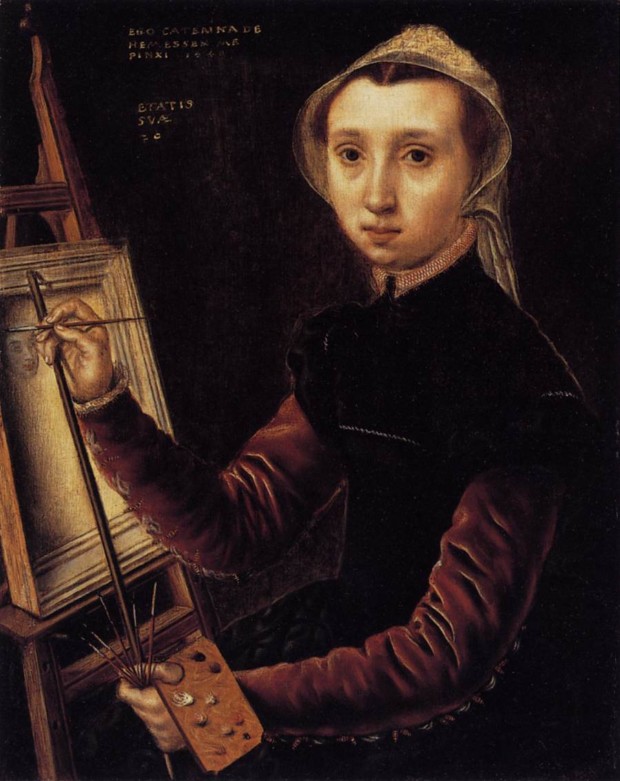
Caterina van Hemessen (1528–1587) was a Flemish Renaissance painter. She is most known for being the first painter to create a self-portrait depicting an artist at their easel. The body of her work is small, but Caterina is also known for a series of small-scale female portraits completed between the late 1540s and early 1550s and a few religious compositions.
Caterina was lucky because she had a relative who trained her as a painter – in her case, it was her father. Generally, it was difficult for a woman to become a painter at that time. For example, studying the nude male body was a real problem. The apprenticeship system meant that an aspiring artist would need to live with an older artist for 4–5 years, often beginning from the age of 9-15 and this was also a problem.
Her work stopped in 1554, around the time she got married.
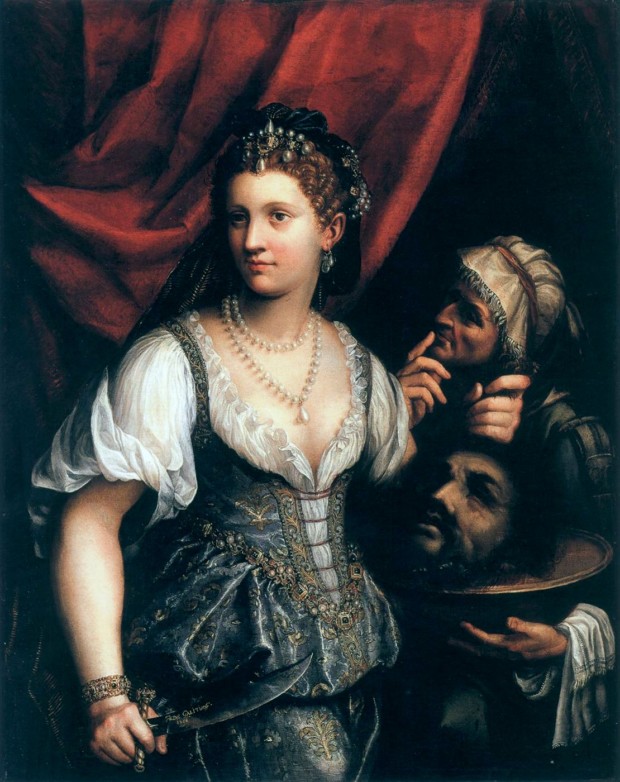


Fede Galizia (c. 1574– c.1630) was an Italian Renaissance painter and a pioneer of the still-life genre. One of her signed works made in 1602 is said to be the first dated still-life by an Italian artist. Fede was trained by her father from early childhood. By the age of twelve, she was sufficiently accomplished as an artist to be mentioned by Gian Paolo Lomazzo, a painter and art theorist, who wrote: “This girl dedicates herself to imitate the most extraordinary of our art.”
The style of her portraits derived from the naturalistic traditions of the Renaissance in Italy with a sharply realistic approach. She also received several public commissions for altarpieces in Milanese churches. When not painting portraits, Galizia was primarily interested in painting still-lifes, a genre for which she is best remembered. Sixty-three works have been cataloged as hers, of which 44 are still lives.
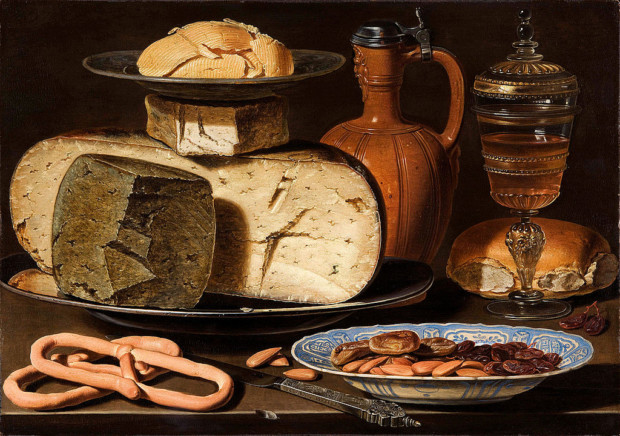


Most female Dutch painters also specialized in still-lifes, which did not require knowledge of anatomy, among other advantages for women. Peeters mostly painted subjects including food, and shaped the traditions of the Dutch “breakfast pieces” with plain food and simple vessels, and “banquet pieces” with expensive cups and vessels in precious metals. She loved to paint different types of cheese too.
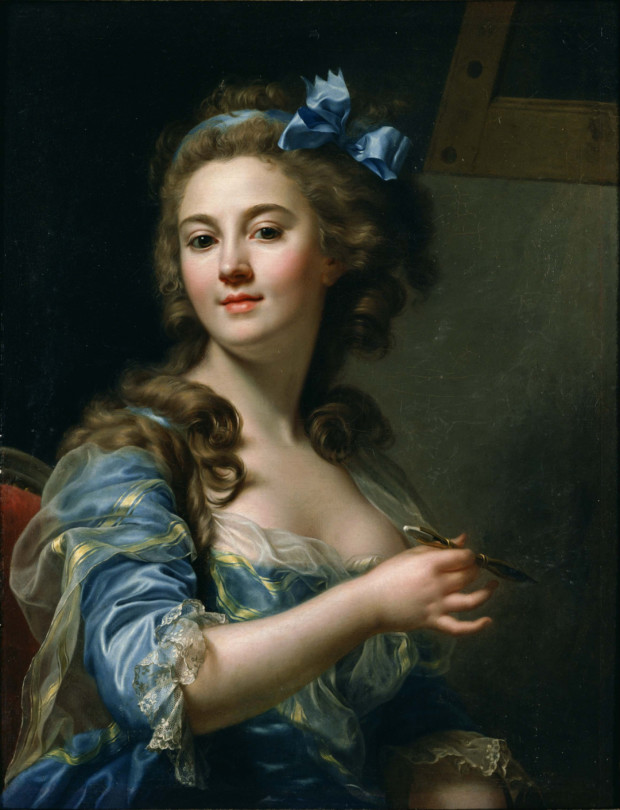
Marie-Gabrielle Capet (1761–1818) was a French painter of Neoclassical style. She may have acquired artistic training early in her life due to her modest background. However, in 1781 she became the pupil of the French painter Adelaide Labille-Guiard in Paris, one of the very few who had been accepted to the Royal Academy of Art. Marie-Gabrielle was mainly a portrait painter and she used both oil paints and pastels. She counted among other customers several members of the royal family and other prominent members of Paris society.
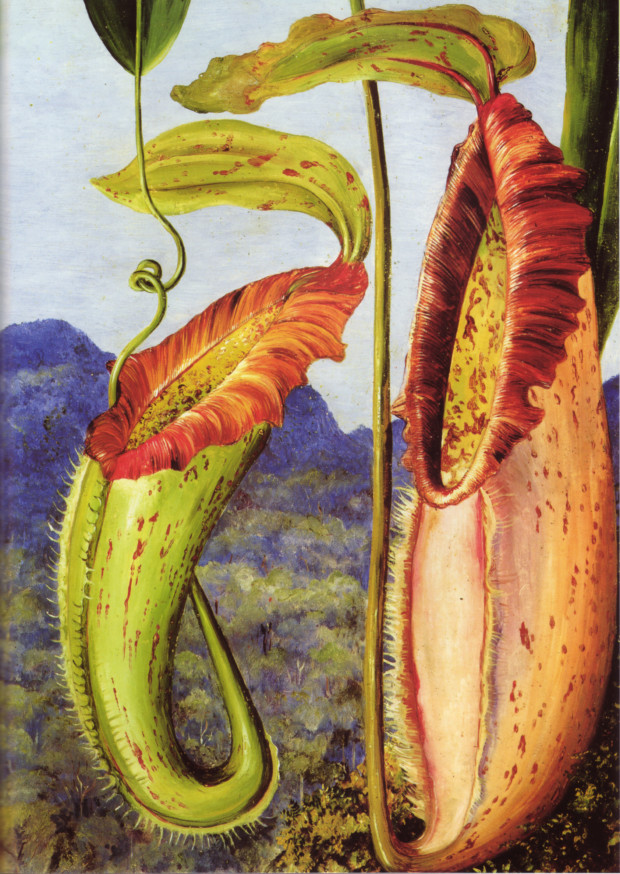
Marianne North (1830–1890) was a biologist and botanical artist who painted during the Victorian era. She was trained as a vocalist, but unfortunately or luckily for us as viewers that career pass was unsuccessful and she switched to painting flowers. She traveled with her father a lot. He was a member of parliament and after he died she decided to continue traveling alone. Marianne traveled the world, visiting every continent except Antarctica. Without the ease of photography, her work served, and still serves, as an important resource for studying the natural world. Various plants have been named in her honor, including an entire genus of plants named Northia.
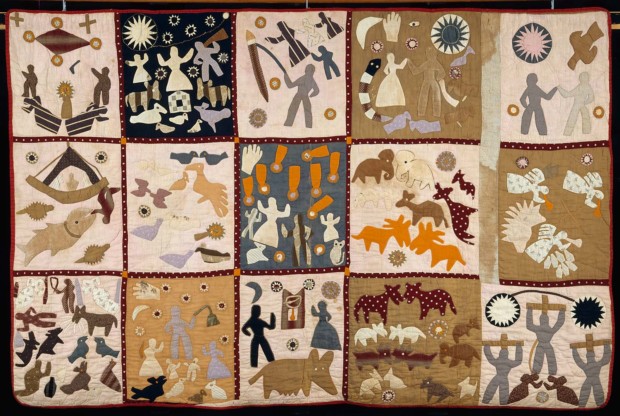
Harriet Powers (1837–1910) was an African-American freed slave and a folk artist who created quilts in rural Georgia. She used traditional appliqué techniques to record local legends, Bible stories, and astronomical events. Only two of her quilts are known to have survived: Bible Quilt and Pictorial Quilt. Thanks to a letter discovered in 2009, we know she was a literate woman who transformed well-known stories she read herself into pictorial masterpieces.
Jennie Smith, who had purchased the first quilt Powers made, Pictorial Quilt, arranged for it to be exhibited at the Cotton States Exposition in Atlanta in 1895. The Bible Quilt is thought to have been commissioned by a group of “faculty ladies” at Atlanta University, and given (together with Powers’s descriptions) as a gift to a retiring trustee.
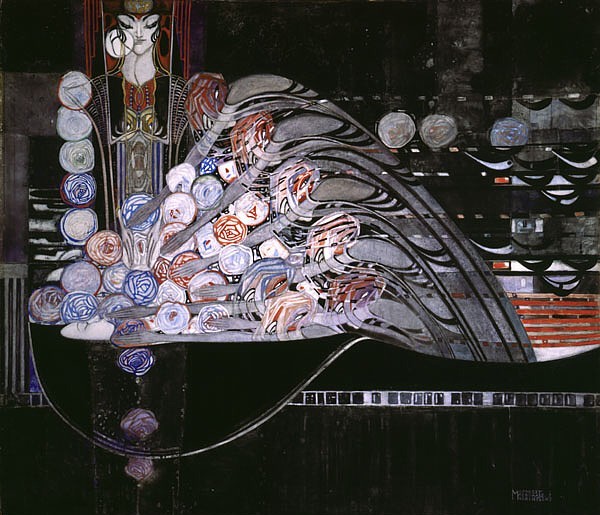
Margaret Macdonald Mackintosh (1864–1933) was a Scottish artist whose design work became one of the defining features of the Glasgow Style during the 1890s. Margaret with her sister, Frances were students at the Glasgow School of Art studying courses in design. She worked in a variety of media, including metalwork, embroidery, and textiles. Later she collaborated with her husband, the architect and designer Charles Rennie Mackintosh. She was inspired by Celtic imagery, poems by Morris and Rossetti, literature, symbolism, and folklore. Her husband once wrote: “Margaret has genius, I have only talent.”
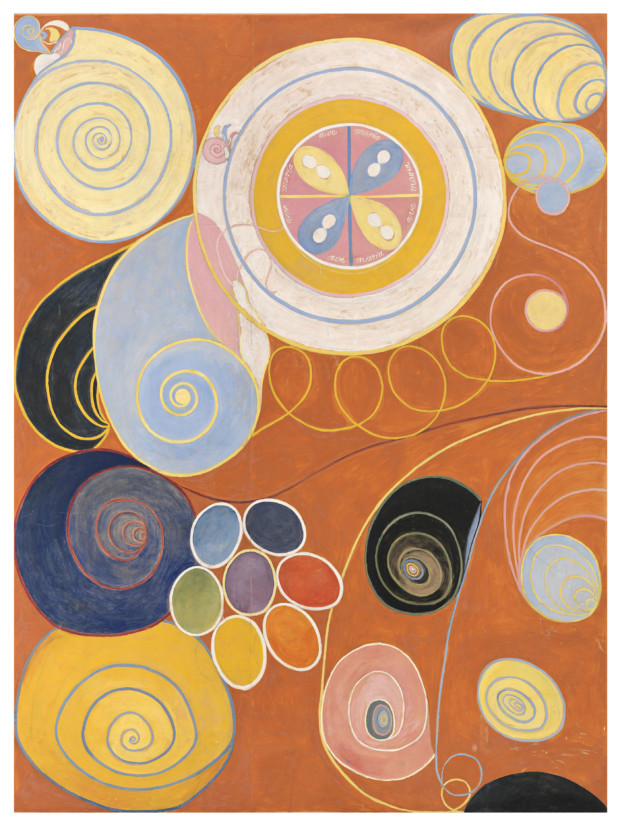


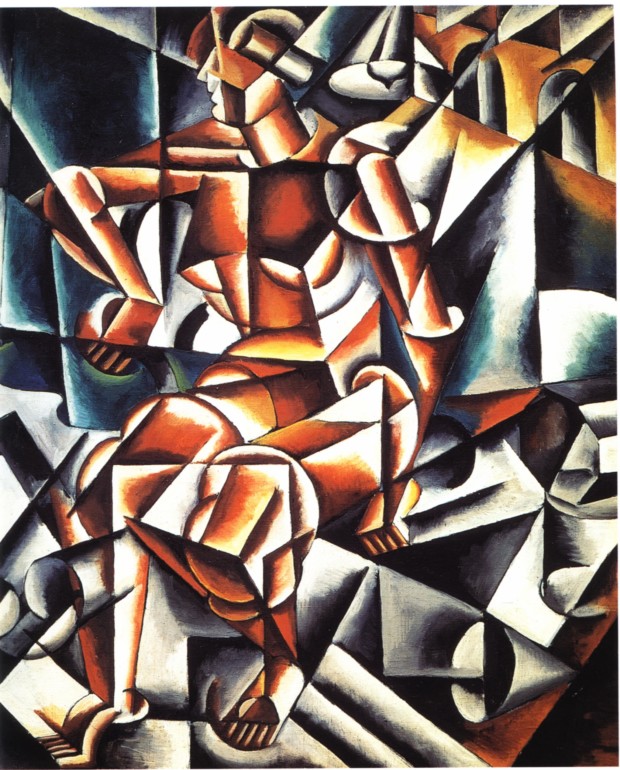
Lyubov Popova (1889–1924) was one of the most talented, prolific, and influential women artists of the Soviet avant-garde. She tried herself as Cubist, Suprematist, and Constructivist. In 1915 she developed her own variant of non-objective art based on a combination of principles of icon painting (flatness, linearity) and avant-garde ideas. Her fascination with construction allowed her to join other constructivists in absolute rejection of easel painting. In 1921 she turned entirely to industrial design. She excelled in designing clothing and textiles and also produced posters, book designs, ceramics, and photomontages. She died of scarlet fever in 1924 in Moscow.
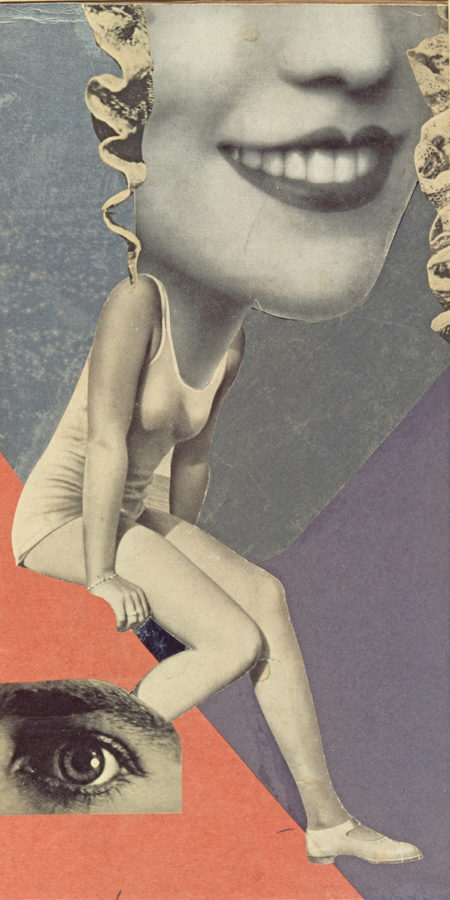
Hannah Höch (1889–1978) was a German Dada artist. She was one of the originators of photomontage – a type of collage in which the pasted items are actual photographs or photographic reproductions pulled from the press and other mass-produced media. Höch was interested in the concept of social roles and came up with her idea of the “New Woman”: the one who could take place as a man’s equal, being an energetic, professional, and androgynous woman. The influence of this early work and training can be seen in her later work, involving references to dress patterns and textiles.
DailyArt Magazine needs your support. Every contribution, however big or small, is very valuable for our future. Thanks to it, we will be able to sustain and grow the Magazine. Thank you for your help!